What's a front group? A front group is an organization that purports to represent one agenda while in reality it serves some other party or interest whose sponsorship is hidden or rarely mentioned. The front group is perhaps the most easily recognized use of the third party technique. The third party technique has been defined by one public relations (PR) executive as, "putting your words in someone else's mouth."
Invenergy calls its front group "ShowMe Connection," and purports it to be a "Community Organization" on Facebook with more than 1,500 "likes."
Let's dive in folks!
Our Mission
We support access to broader vital services across the state through the promotion of innovative projects resulting in positive economic, environmental, and community impact.
Let's look at Twitter first...
ShowMe Connection has only 4 followers.
MPUA is obvious and needs no explanation. It's the overstuffed municipal utility organization hungry for a free lunch at everyone else's expense.
Craig Gordon is SVP of Government Affairs for Invenergy. "Government Affairs" is corporate speak for lobbying.
Courtney Ryan works for LS2Group. LS2Group is a public relations company located in Iowa that does work for transmission companies, like Clean Line Energy Partners, and that work has included other attempts at front groups.
That "Jazz" guy? Who cares. Apparently he uses his Twitter account to monitor stuff for work... like front groups?
This Twitter account has been used to post garbage-y things related to Grain Belt Express. It pretty much looks like nobody is paying attention except the bozos behind the front group.
Now let's take a look at the front group's Facebook page. Again, garbage-y GBE stuff that nobody seems to be following. Despite its claim to have 1,500 "likes," the posts only have less than 5 "likes" and many of those come from people involved in the front group. Here's an example:
Now let's start adding string.... According to the "Page Transparency" box, this Facebook page is owned by "James Brian Gwinner."
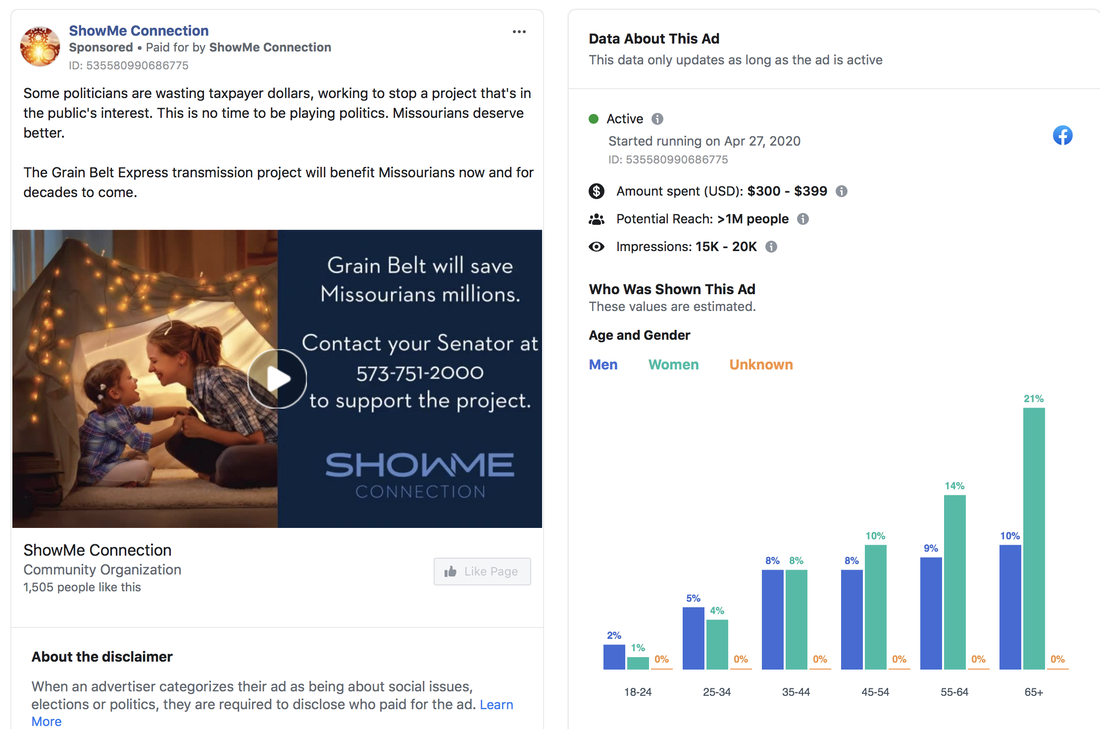
Facebook pages that advertise in this category are required to disclose who paid for the advertisement.
Does ShowMe Connection really exist? Let's ask the Missouri Secretary of State, Jay Ashcroft.
ShowMe Connection was registered as a domestic non-profit corporation on December 31, 2019. Non-profit? I'm pretty sure if you dug below all the astroturf, you'd find that Invenergy is funding this "corporation" and they're all about the profit.
ShowMe Connection's Articles of Incorporation filed with the Secretary of State show still more names associated with this front group. There's an Iowa lawyer (because what does an Iowa PR group know about registering a Missouri corporation?) and then it needed a Missouri lawyer to be its registered agent. These guys are just figureheads. They don't matter. But, they do manage to shield the real people running this front group, don't they?
The Front group was formed for the following purpose(s):
Focus on What Matters, Inc. (the "Corporation") is a nonpartisan organization having as its primary purposes the following: (i) the education of our local communities on public policy, including economic policy, relating to local communities and governments; (ii) the education of the general public on economics and public policy; and (iii) generally advancing and preserving the rights and responsibilities of citizens to appreciate the benefits of and ensure the continued existence of competition, economic freedom, and free markets. Notwithstanding the foregoing, however, the corporation is organized exclusively for charitable, religious, educational, and scientific purposes, including, for such purposes, the making of distributions to organizations that qualify as exempt organizations under section 50l(c)(4) of the Internal Revenue Code of 1986, as amended (or corresponding section of any future federal tax code).
ShowMe Connection says its purpose is "charitable, religious, educational, and scientific ." Which purpose is served by asking Missourians to contact their Senators to support Invenergy's for-profit transmission project? Not charitable. Not religious. Not educational. Not scientific. Political! It's a political purpose. It's lobbying on behalf of Invenergy. Seems like maybe these two sharp knives pretty much lied to the Missouri Secretary of State about their corporation's purpose. The evidence of this is attached to all this front group's strings.
And isn't it interesting that ShowMe Connection supports free markets? There's no "free market" being carried out by the taking of private property via eminent domain instead of allowing the landowner to negotiate with the company in a free market that recognizes the true value of his land. Invenergy can cut off any negotiations that go above what it wants to pay by threatening to begin the eminent domain process. Either the landowner agrees to Invenergy's price, or else! There's no free market going on where Invenergy needs to meet the landowner's price in a freely negotiated purchase. And this, right here, is why for-profit merchant transmission projects that sell their service in a free market should not be able to circumvent that same free market to take private property at a low price.
Let's sum all this up... There's some entity calling itself "ShowMe Connection" advertising in Missouri to encourage voters to contact their Senators. This entity is a front group for Grain Belt Express project owner Invenergy and is run by Invenergy's public relations company in Iowa, with the help of some local folks. It's not a "community organization." It's a corporate front group.
However, you should contact your Senators, folks! In fact, why not contact all the Missouri Senators, if you have time? Let them know you support legislation to prohibit eminent domain for Grain Belt Express and want to preserve private property rights! If you don't, the only voices these Senators may hear could come from Invenergy and its front group puppets. Don't let some Chicago corporation run your state government! Now is the time to act!
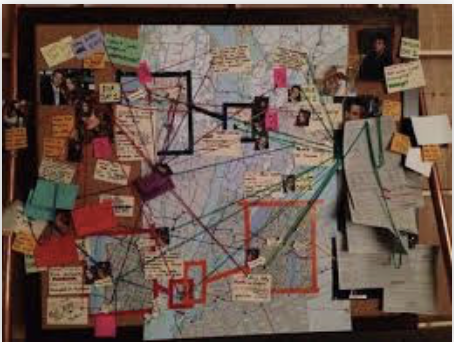
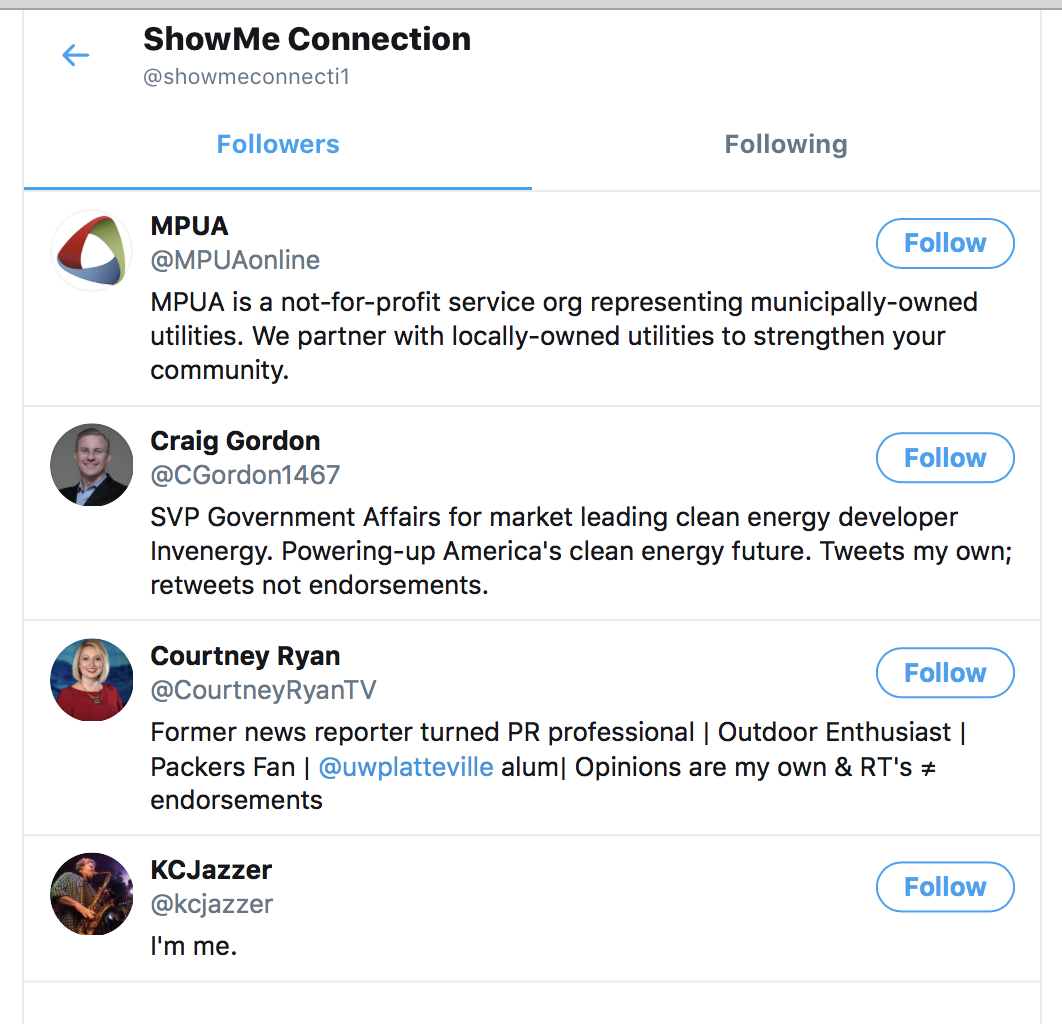
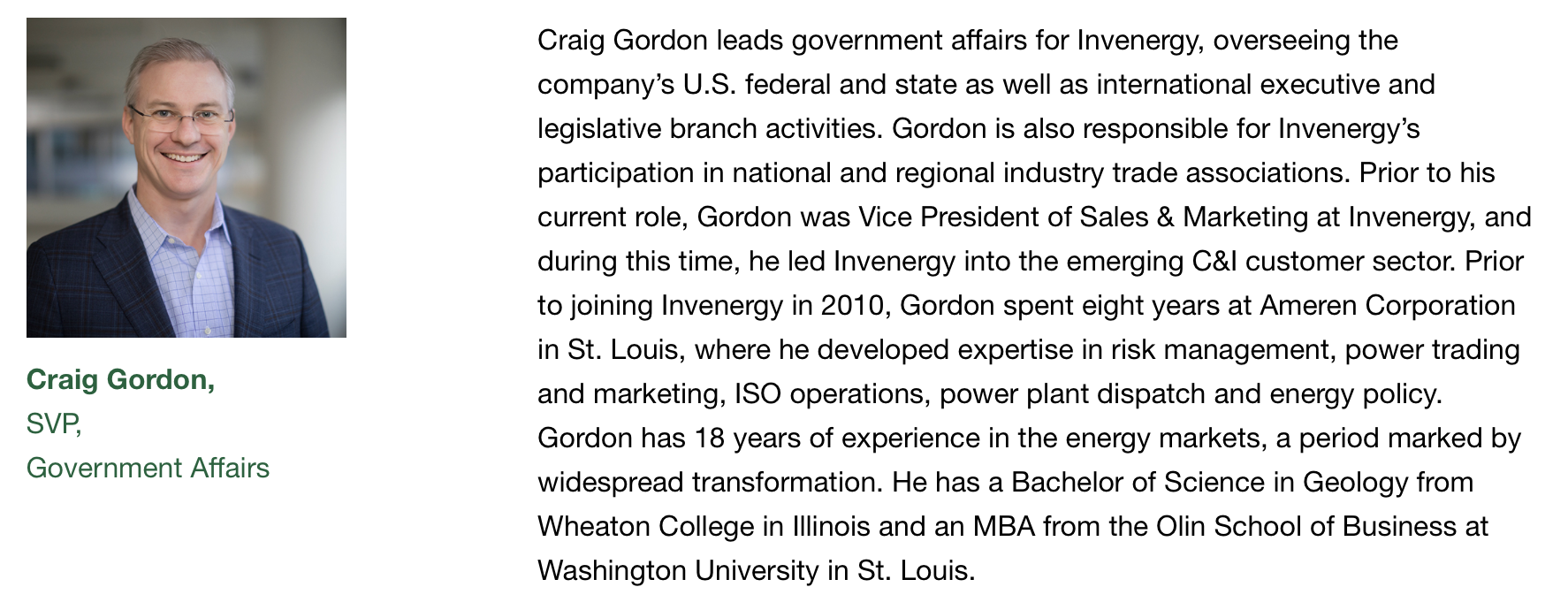
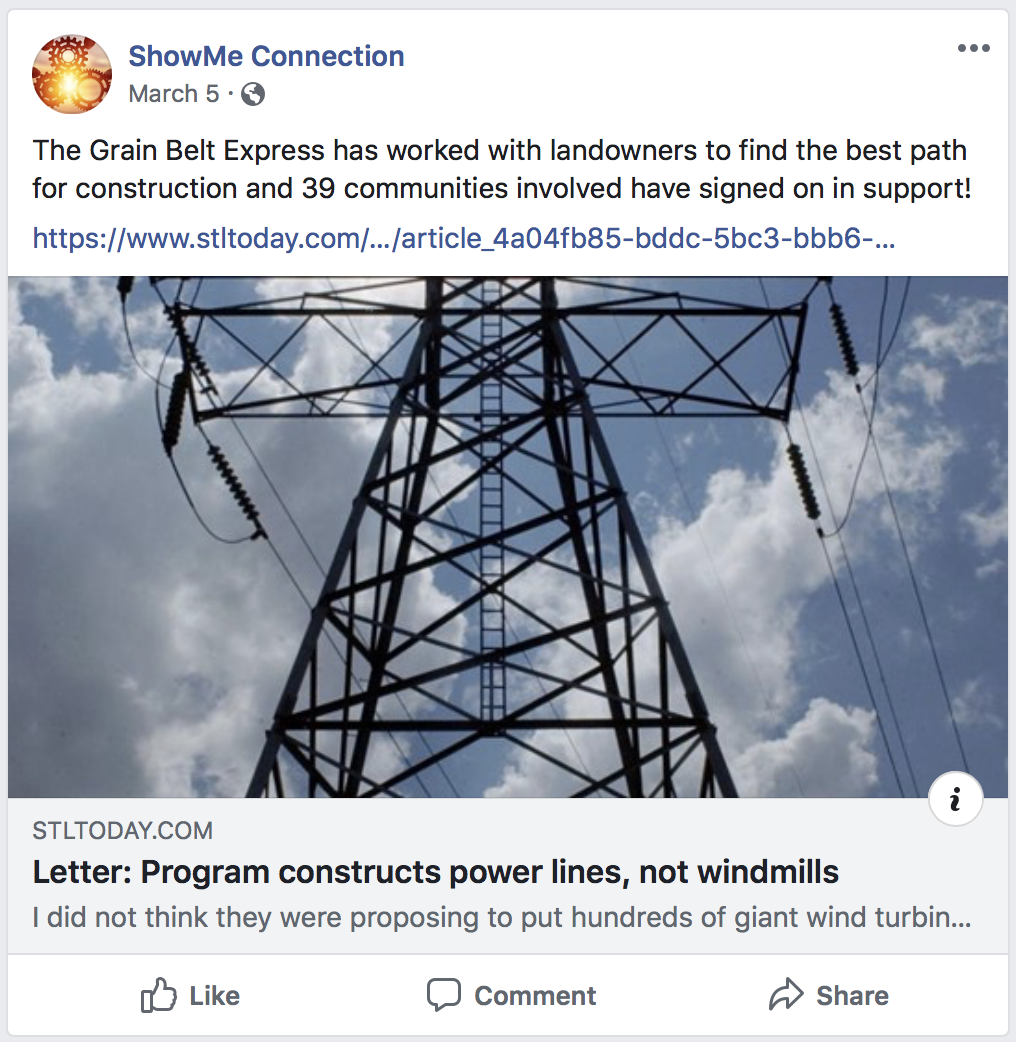
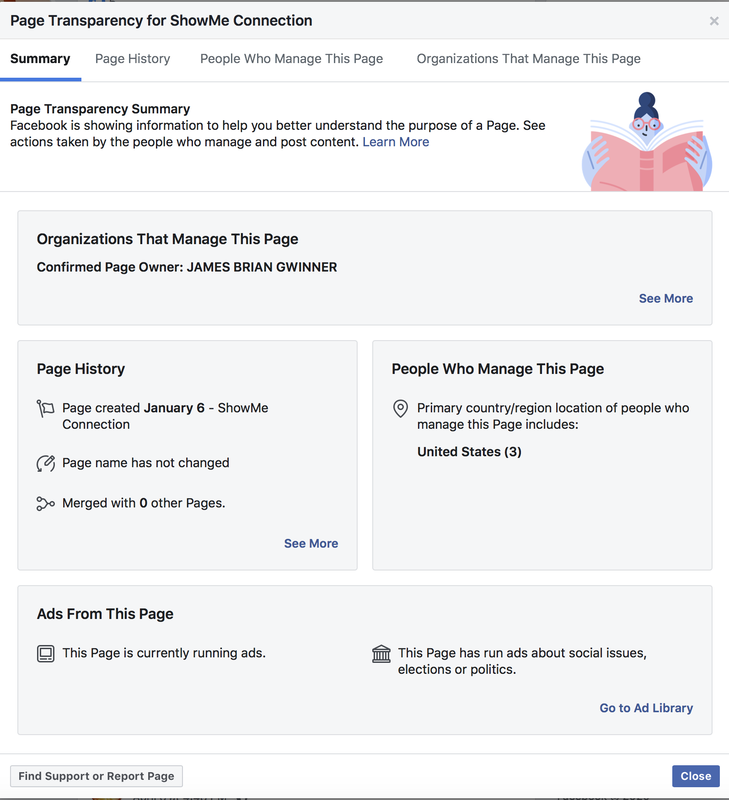
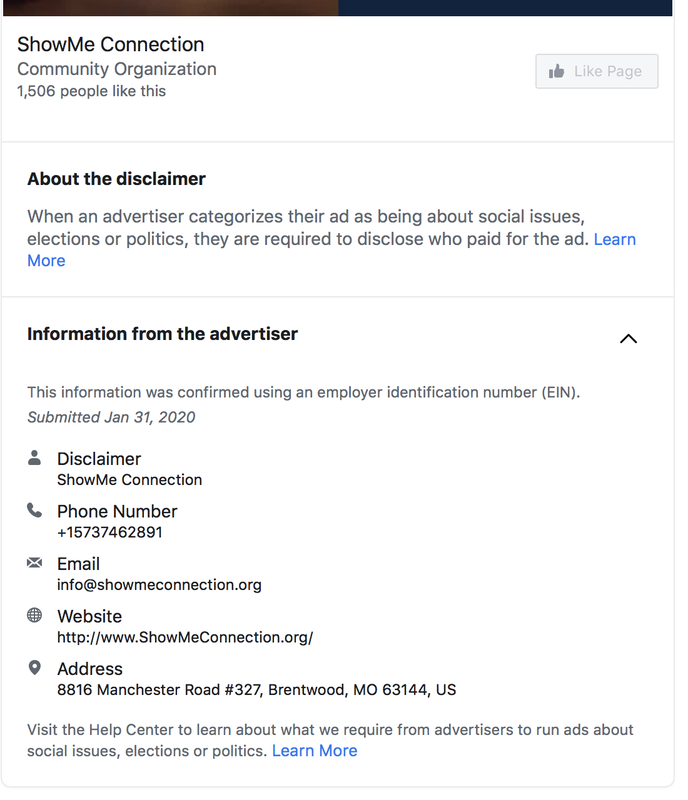
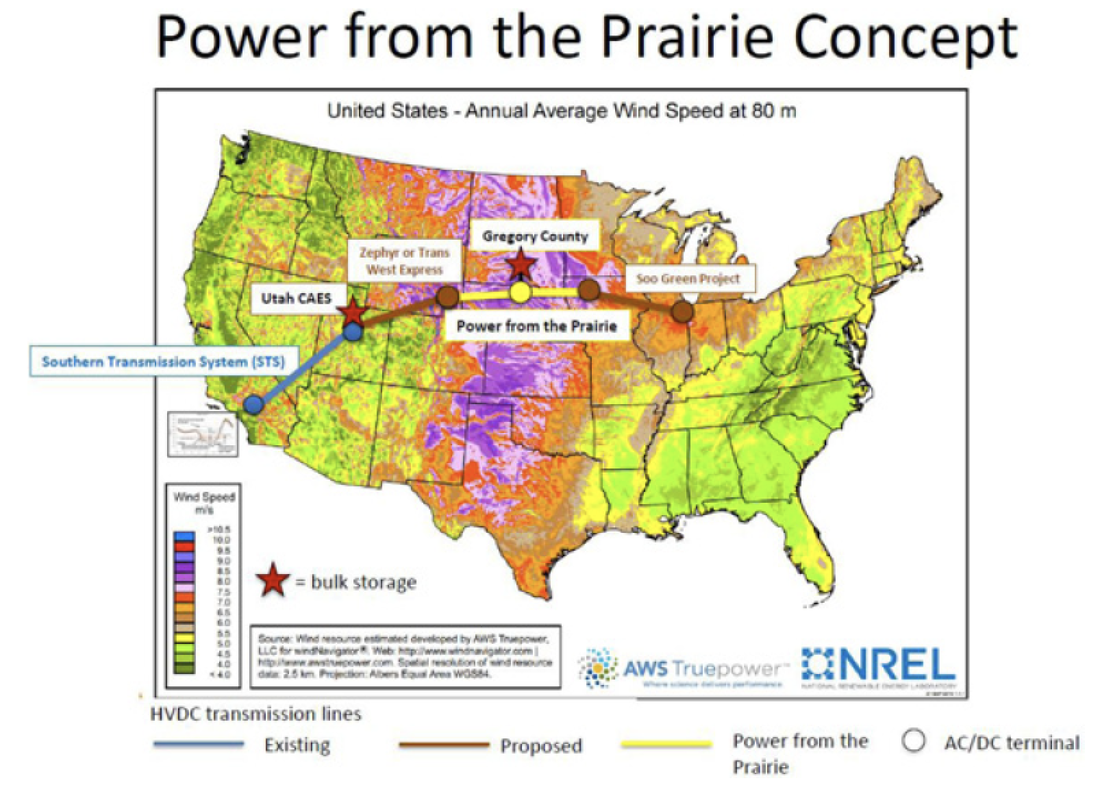
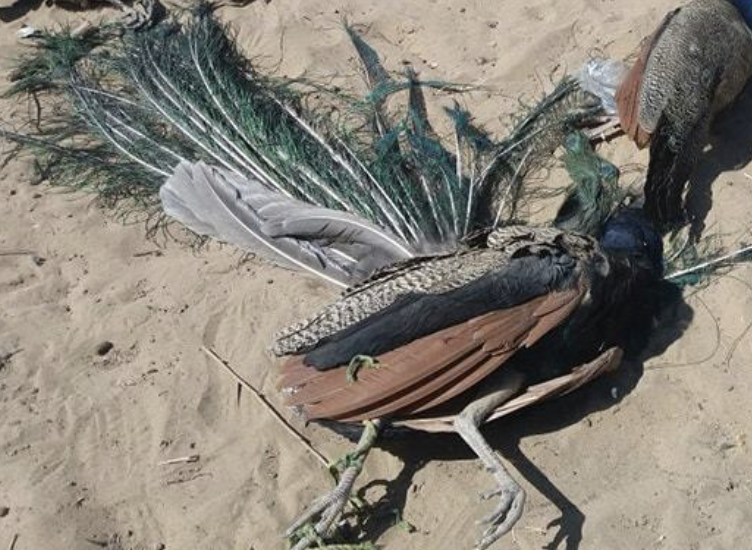

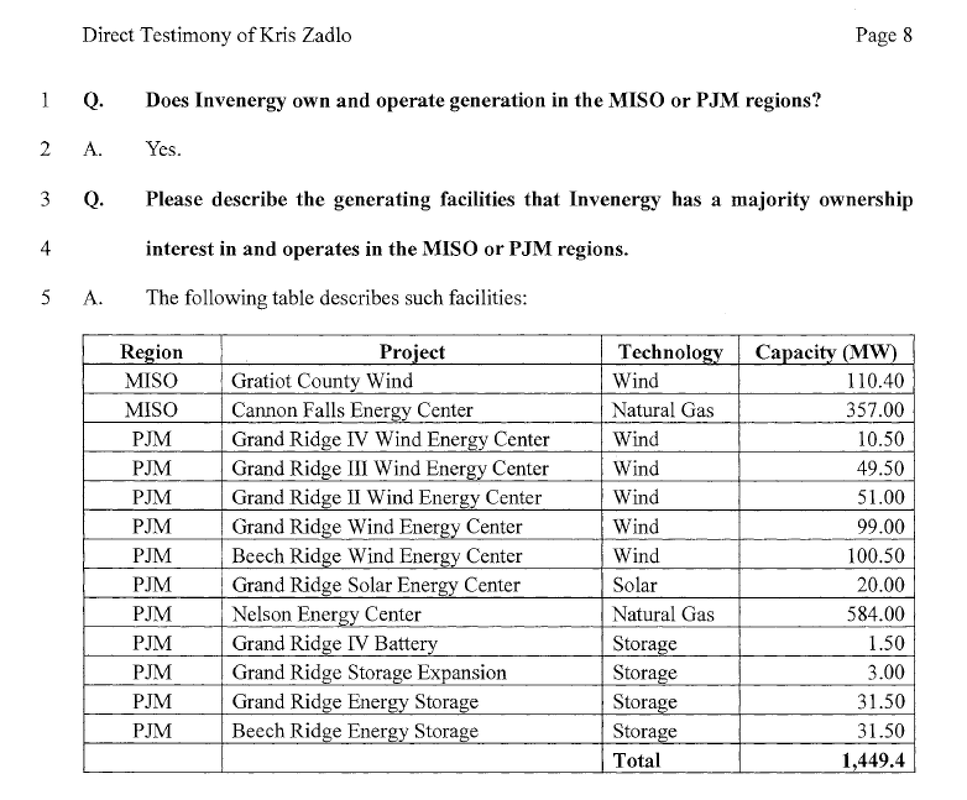
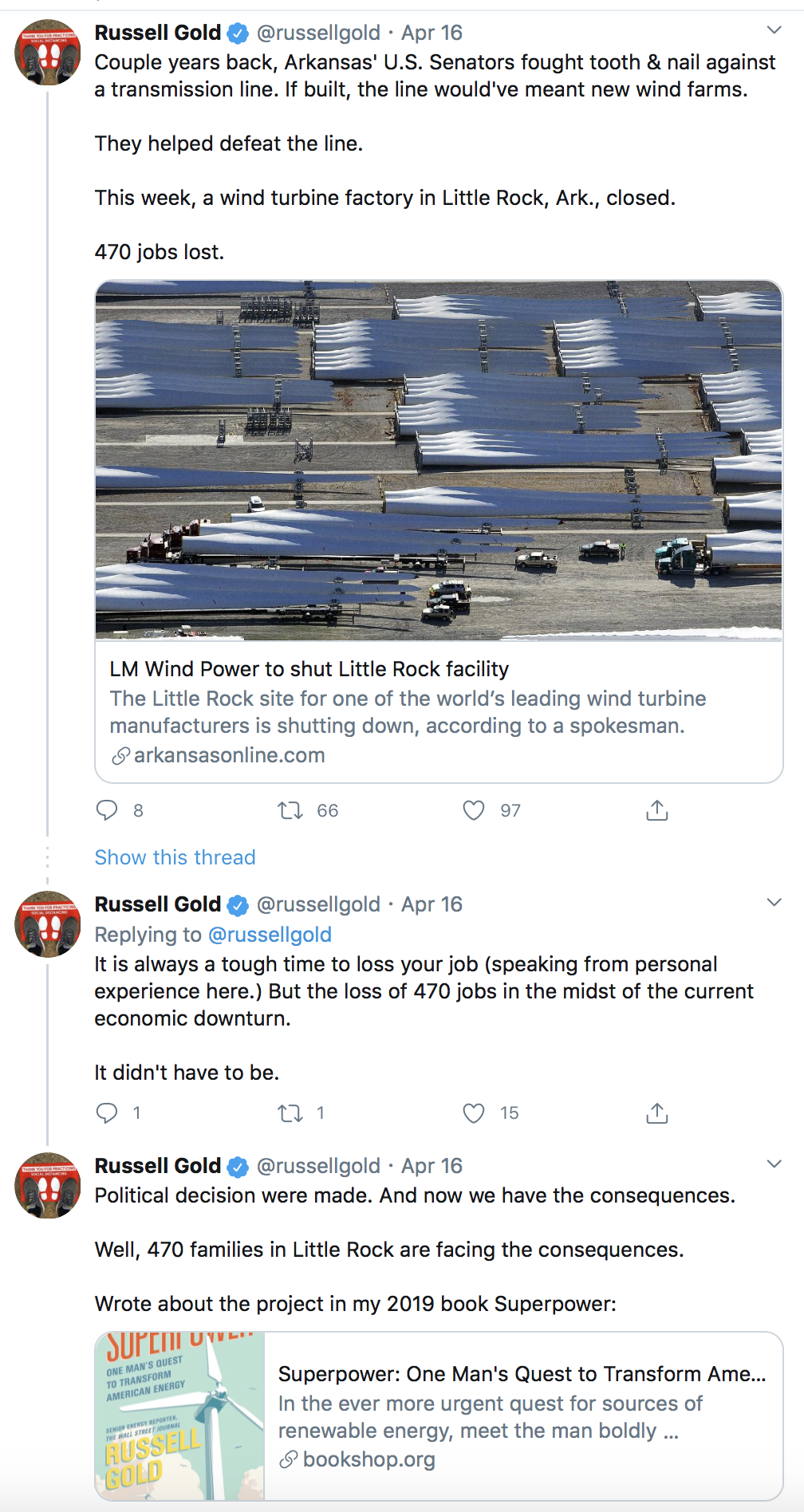
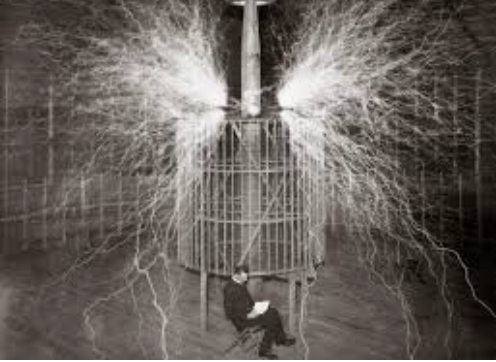
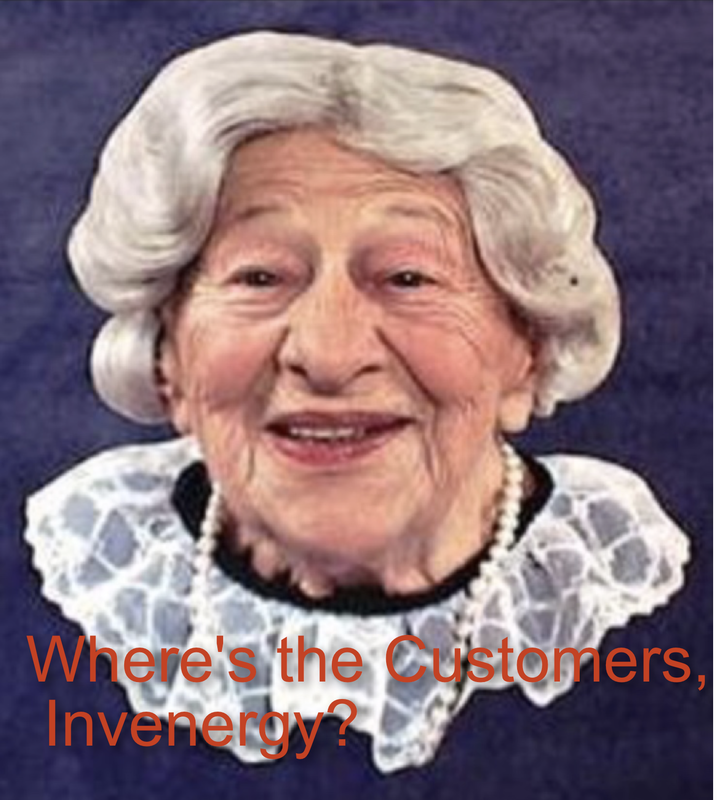
 RSS Feed
RSS Feed